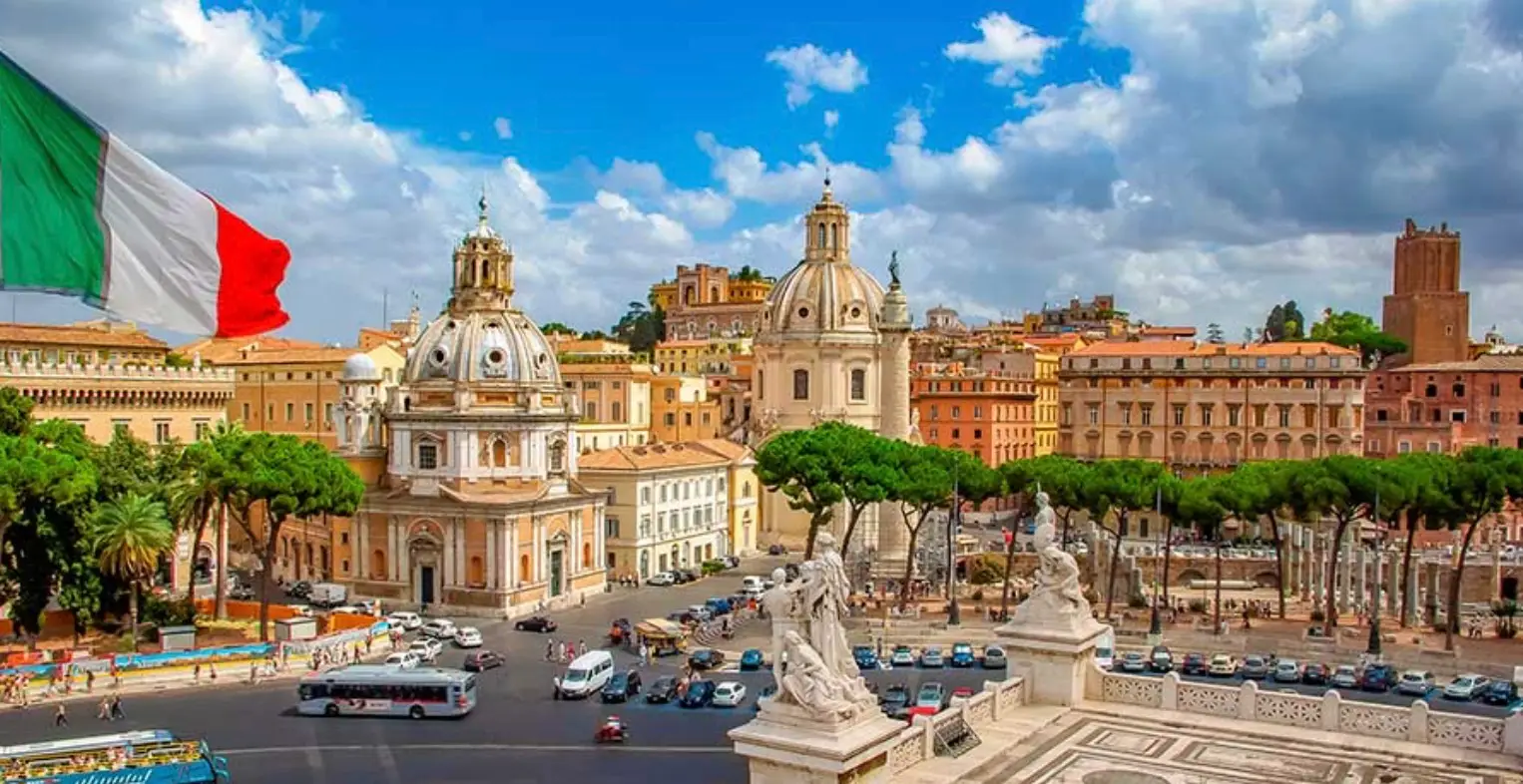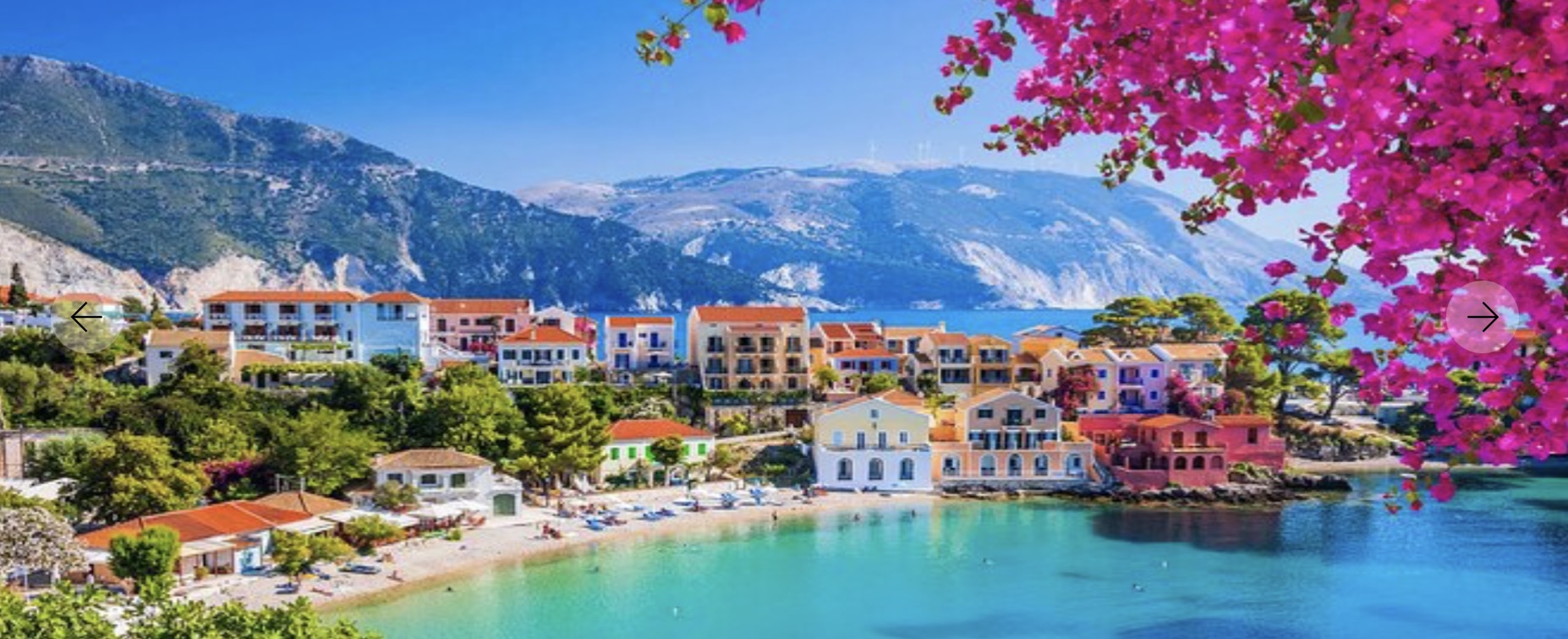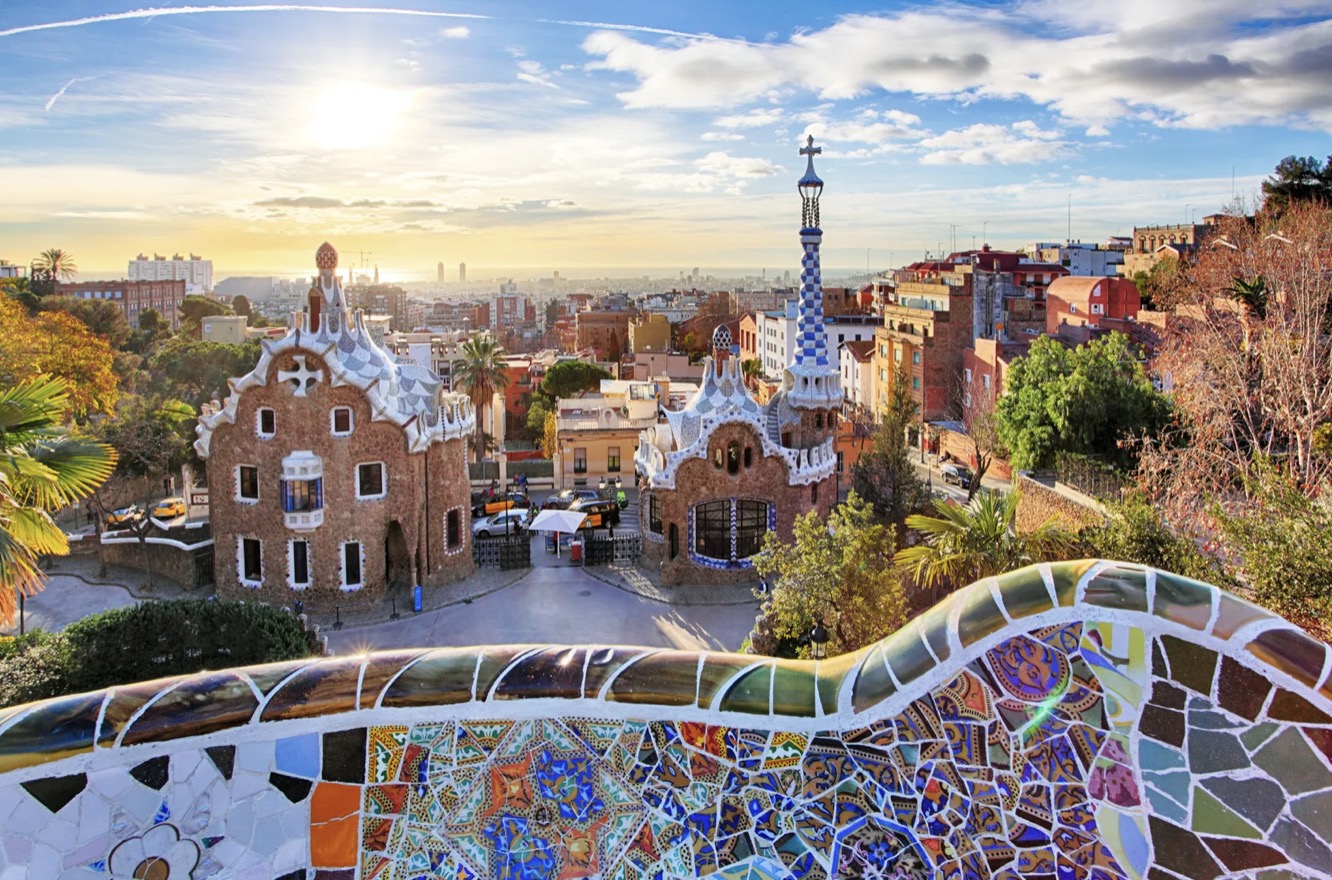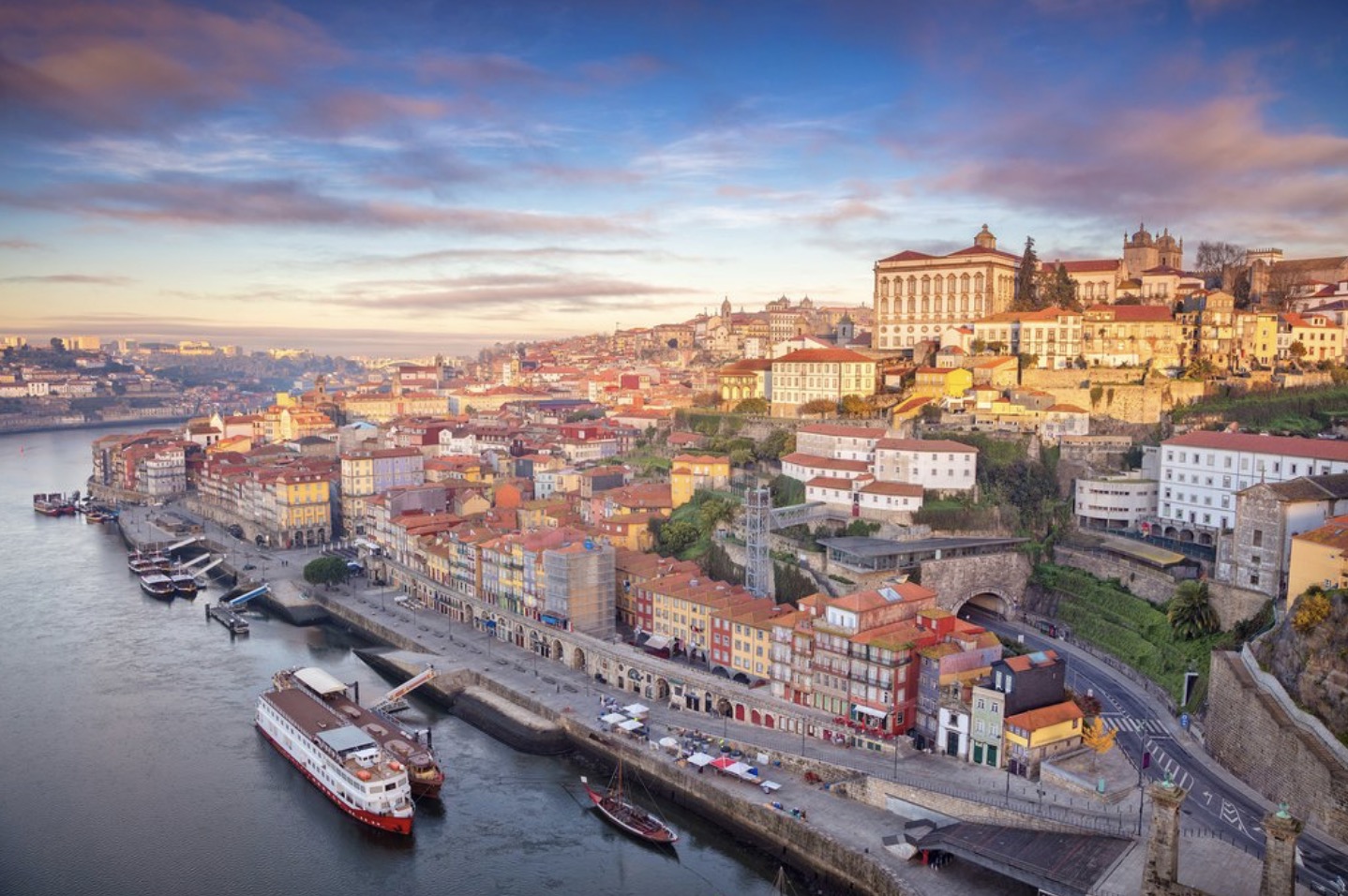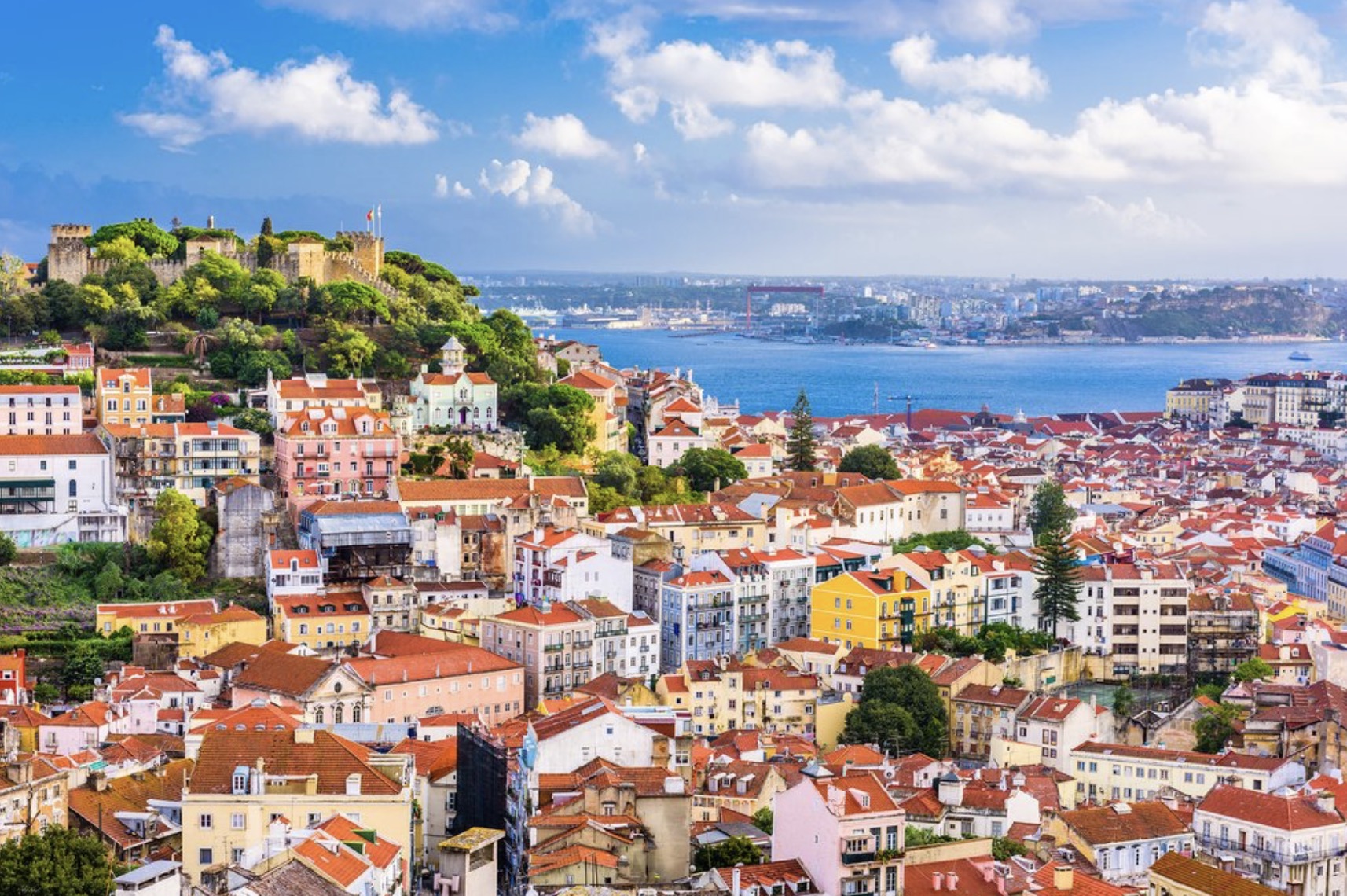Education in Italy:
Italy is a stunning country rich in history, culture and Mediterranean charm. If you plan to study in a private school in Italy, then the logical decision would also be to send your child to an Italian kindergarten for immersion in the language environment and smooth adaptation to local educational traditions.
The education system in Italy, like most education systems in other European countries, consists of 4 stages. These are preschool, primary, secondary and higher education.
Preschool education :
Preschool education institutions are nurseries for children from 6 months to 3 years and kindergartens for children from 3 to 6 years.
Asilo Nido is a nursery that accepts children from three months to three years old. Most often these are short-stay groups – from 9:30 to 13:00. Full-day education for this age is offered mainly in private kindergartens. In nurseries, children only play; the main emphasis is on social adaptation and the development of basic self-care skills.
Scuola Materna is intended for children from 3 to 6 years old. Even though learning remains entirely play-based, children still learn here.
Priority areas for the development of pupils include familiarity with the outside world and social development, physical and creative development, classes in their native and (in some institutions) foreign languages.
If the child goes to a state kindergarten, then attendance will be free, but meals and monthly excursions are paid separately. Usually the amount is up to 100 euros per month and is recalculated if the child for some reason did not go to kindergarten.
In private kindergartens the fee is up to 300 euros per month. This amount is fixed and is not recalculated in case of illness.
The price usually includes sports and music classes, and in many gardens swimming and English classes.
School education:
• Primary education (scuola elementare)
Children first cross the Italian school threshold at the age of 6. Many parents bring children as young as five. Therefore, at this educational stage, a psychologist is on duty at the institution to help cope with difficulties. Primary education is considered the first stage of compulsory education and is designed for 5 years (mainly for children 6-11 years old). As in most developed countries, Italian primary education institutions are either public or private. In the first 2 years of primary school, students undergo preparatory education (that is, no core subjects) and learn writing, reading, arithmetic, music, drawing and, if desired, religion.
There is no homework assigned in elementary school. This is not necessary, since the average child spends about 8 hours in classes. Every week, children get acquainted with the Catholic canons for one hour and devote another hour to learning to play a musical instrument. Certain scientific subjects appear in schoolchildren in the following grades. Two teachers conduct classes for primary school students. This is done so that the children get used to the educational process.
Surprisingly, numbers are not used to assess knowledge for primary school students. Certain words are used to characterize students: “good”, “excellent”, etc. In primary school there are 5 classes, and at the end of them the children pass 2 exams: oral and written. Having passed the tests, schoolchildren receive a certificate of completion of primary education and move on to the next level – secondary school.
• Secondary education (middle and high school)
High school in Italy is divided into junior and senior. The first covers the age category of children from 11 to 14 years old and is required to attend. After graduation, students can apply to high school, which in turn has two types: lyceums for preparing for entering a university and specialized vocational colleges. Colleges provide an opportunity, along with general secondary education, to receive high-quality vocational training, which will allow, after receiving a certificate, to begin working. The main goal of lyceums is to prepare children for entrance examinations to universities. As a rule, lyceums provide specialized education: having chosen it, the student decides in advance on the choice of his future specialty. It is the lyceum diploma that gives the right to enter Italian universities.
Parents of a secondary school student have complete freedom of choice. For example, you can decide whether the child will study on Saturday or not. If yes, then on weekdays he will come home early. There is another possible study schedule. You can stay at school until lunch, and in this case do your homework outside of its walls. Or study full time, come home later, but already ready for tomorrow. With this option, the child only rests at home.
• High school (high school)
After middle school, students are encouraged to move on to high school, the final stage of secondary education. At the third stage, the guys choose their future specialty. In Italy, great importance is attached to this important choice.
And again a new building, new friends and new teachers. Italian schoolchildren are taught not to be afraid of change.
The high school consists of specialized lyceums. After them you can go to university. It is believed that since lyceums have a strict subject focus, students need to choose a suitable profile well. But in fact, even if a child graduated from a linguistic lyceum and then wants to enter a medical university, he will be able to carry out his plans without any problems.
In Italy there are 4 main types of lyceums:
– classic (liceo classico);
– linguistic (liceo linguistico);
– scientific (liceo scientifico);
– artistic (liceo artistico).
The best schools in Italy, according to STUDIES&CAREERS experts:
• Stephen’s School, Rome
• International School of Milan, Milan
• Louis School, Milan
Higher education:
To enter the first year of an Italian university, 12 years of preliminary education are required, so the school certificate must be supplemented with a year of study at a university or technical school. The selection of candidates takes place without exams, but for creative specialties a portfolio will be required, and for medical and engineering specialties – a test in core subjects.
Italian higher education degrees correspond to the generally accepted three-level system, but have their own names.
- The first stage, analogous to a bachelor’s degree, is called Laurea and lasts 3 years.
- The second stage is of two types:
– Laurea Specialistica, two-year master’s degree with an academic focus;
– and Diploma di Master Universitario di 1° livello, the so-called first-level master’s degree lasting a year and often focused on professional activities.
- Third level degrees are of three types:
– Dottorato di Ricerca, an analogue of PhD, lasting from 3 years;
– Diploma di Specializzazione di 2° livello, professionally oriented postgraduate study, from 2 to 6 years; And
– Diploma di Master Universitario di 2° livello, second-level master’s degree, lasting at least 1 year. To obtain a profession in the field of medicine and engineering, at each level you need to study a year or two longer than usual.
The oldest university in Italy was founded in 1088 in Bologna. Today it is called Universitá degli Studi di Bologna and is considered number one in the country in teaching law.
In the field of design, the European Institute of Design (Istituto Europeo di Design), located in Milan, remains the undisputed leader.
The highest authority in the field of international economics, finance and management belongs to the non-governmental European School of Economics (ESE) and the Scuola di Direzione Aziendale Bocconi School of Management.
The University of Salerno (Universita di Salerno) is famous for its Faculty of Medicine.
